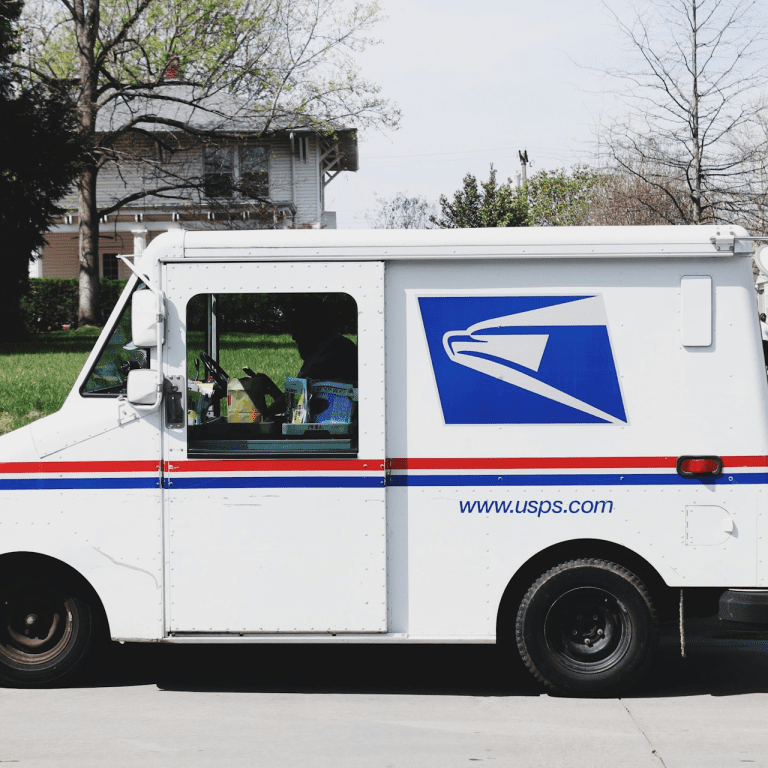Key Takeaways
-
If you’re enrolled in the Postal Service Health Benefits (PSHB) program and also purchase a Medicare Supplement (Medigap) plan, you’re likely paying for benefits you don’t need.
-
In 2025, PSHB offers integrated coverage with Medicare that often makes Medigap unnecessary, and combining both can lead to higher costs without additional value.
Understanding the Basics: PSHB and Medicare Together
Starting in 2025, all eligible Postal Service retirees must enroll in a PSHB plan, which works in coordination with Medicare Parts A and B. If you’re 65 or older and enrolled in Medicare Part B, your PSHB plan acts as secondary coverage, filling many of the gaps that Original Medicare doesn’t fully cover.
Here’s how that looks in action:
-
Medicare Part A covers inpatient hospital care, and PSHB typically pays the remaining coinsurance.
-
Medicare Part B covers outpatient and physician services, and PSHB often covers your deductible and coinsurance.
The goal of the PSHB program is to streamline benefits for annuitants while coordinating efficiently with Medicare. This significantly reduces out-of-pocket costs without the need for additional private supplemental coverage.
What a Medigap Plan Is Designed to Do
A Medigap plan, or Medicare Supplement Insurance, is a private insurance policy meant to fill the gaps left by Original Medicare. These include copayments, coinsurance, and deductibles. There are several standardized Medigap plans, each with varying degrees of coverage, but none include prescription drugs or offer extra perks like dental or vision.
Medigap policies only work with Original Medicare, not with Medicare Advantage or integrated programs like PSHB. That distinction is crucial in 2025, especially for Postal Service annuitants who now must rely on PSHB for their health coverage.
Overlap Between PSHB and Medigap
PSHB plans for Medicare-eligible annuitants already include benefits that mimic or surpass what a Medigap plan would provide. For example:
-
Cost-sharing reduction: Most PSHB plans reduce or eliminate your Medicare deductibles, coinsurance, and copayments.
-
Provider access: With Medicare and PSHB, you retain access to any provider who accepts Medicare.
-
No need for dual premiums: With Medigap, you’d be paying another premium on top of what you’re already contributing toward PSHB.
This overlap means you’re paying twice for coverage that, functionally, is already included.
Financial Impact of Carrying Both
Even though you’re allowed to enroll in both PSHB and a Medigap plan, doing so does not make financial sense for most retirees.
Premium Duplication
Medigap plans come with monthly premiums, which are separate from your Medicare Part B and PSHB contributions. That means you’re paying three premiums:
-
One for Medicare Part B
-
One for your PSHB plan
-
One for your Medigap plan
This triple-layer of premiums adds up quickly. In most cases, the benefits you get from Medigap are already duplicated in your PSHB plan, especially if your PSHB plan includes cost-sharing waivers.
No Added Prescription Drug Value
Medigap does not include prescription drug coverage. PSHB plans for Medicare enrollees automatically come with integrated Medicare Part D coverage through an Employer Group Waiver Plan (EGWP). That means if you rely on Medigap for drugs, you would still need to pay separately for a Part D plan or lose drug coverage altogether.
Risk of Being Overinsured
Being overinsured means you’re paying for more insurance than you reasonably need. While this might offer some peace of mind, it does not necessarily result in better care or access. In fact, it often leads to:
-
Higher total premiums
-
No tangible improvement in coverage
-
Complex coordination and administrative issues
Medicare Coordination Under PSHB in 2025
The Office of Personnel Management (OPM) designed the PSHB system to work hand-in-hand with Medicare. As of 2025, when you enroll in both Medicare Part B and a PSHB plan:
-
Your provider bills Medicare first.
-
Your PSHB plan pays secondary to cover remaining costs.
-
Many PSHB plans waive deductibles and copays when Medicare is the primary payer.
That means the two programs together already perform the core functions of a Medigap plan. There’s no benefit in adding a third layer of insurance unless you have extremely rare medical needs not covered by either.
Situations Where Medigap Doesn’t Work With PSHB
Because Medigap is not designed to coordinate with employer-sponsored plans like PSHB, several limitations exist:
-
Medigap may reject claims for services already paid by your PSHB plan.
-
You cannot use Medigap to cover out-of-pocket expenses tied specifically to your PSHB plan.
-
If you drop PSHB in favor of Medigap and later want to return, you may face restrictions outside the open season or qualifying life event windows.
This incompatibility often results in confusion, denied claims, or unnecessary administrative delays.
Timing and Enrollment Considerations
Medicare-eligible Postal Service retirees must meet specific timing requirements. If you turned 65 in 2024 or earlier but deferred Part B, you had a Special Enrollment Period between April and September 2024 to sign up without penalty. Starting in 2025:
-
You must enroll in Medicare Part B to keep PSHB coverage (unless exempt).
-
Most PSHB plans include an EGWP for prescription drugs.
-
If you opt out of Medicare Part B, your PSHB costs may increase, and coverage may be limited.
If you also try to enroll in a Medigap plan at this point, you may face:
-
Medical underwriting in certain states
-
Limited plan options
-
Delayed start dates or duplicate billing
What You Really Need: PSHB and Medicare Part B
Most PSHB enrollees only need the following for comprehensive coverage:
-
Medicare Part A (usually premium-free)
-
Medicare Part B (required to keep PSHB in 2025 unless exempt)
-
Your PSHB plan, which integrates well with Medicare
This combination gives you:
-
Primary and secondary medical coverage
-
Integrated pharmacy benefits
-
Access to nationwide provider networks
-
Reduced out-of-pocket costs
Unless your healthcare needs are far beyond average or you want a very specific provider arrangement not covered by PSHB and Medicare, a Medigap plan simply adds complexity and cost.
Evaluating the Real-World Value
In 2025, Medigap plans are still widely marketed, but they are designed for beneficiaries who:
-
Do not have access to employer or retiree group coverage
-
Want predictable costs and broad access
-
Need additional protection because they travel frequently or use non-Medicare covered services
You, as a Postal Service annuitant, do not fall into these categories. Your PSHB plan gives you:
-
Robust national coverage
-
Prescription drug integration
-
Medicare coordination
-
Premium sharing with the government
Adding Medigap on top of this means you’re likely spending hundreds of extra dollars each month for overlapping benefits.
How to Make an Informed Decision
Before purchasing a Medigap plan alongside your PSHB coverage, take the following steps:
-
Review your PSHB plan benefits in detail to understand what’s already covered when combined with Medicare.
-
Estimate your total premiums for PSHB, Medicare, and any Medigap plan you’re considering.
-
Speak with a licensed agent listed on this website who understands both federal retiree coverage and Medicare integration.
-
Consider your actual medical usage over the past year. Are you seeing multiple specialists, needing extensive inpatient care, or facing high copays that PSHB isn’t already addressing?
-
Read your Annual Notice of Change (ANOC) and PSHB plan brochure to see any updates for 2025.
PSHB and Medicare Alone Can Be Enough
It’s understandable to want the best possible coverage as you enter retirement, but more insurance doesn’t always mean better results. In 2025, PSHB is structured to deliver full, coordinated benefits when paired with Medicare Part A and B. A Medigap plan doesn’t enhance that coordination—it simply duplicates it.
Let your PSHB plan do the job it was designed to do. If you’re still unsure about your needs, or if your health situation is more complex than average, reach out to a licensed agent listed on this website for tailored advice.










